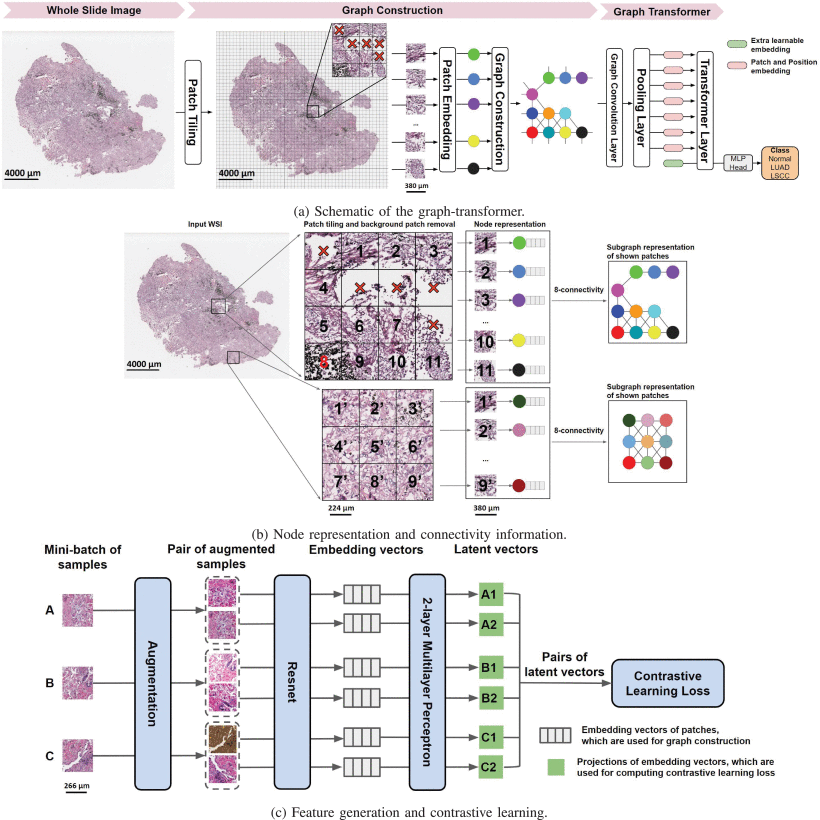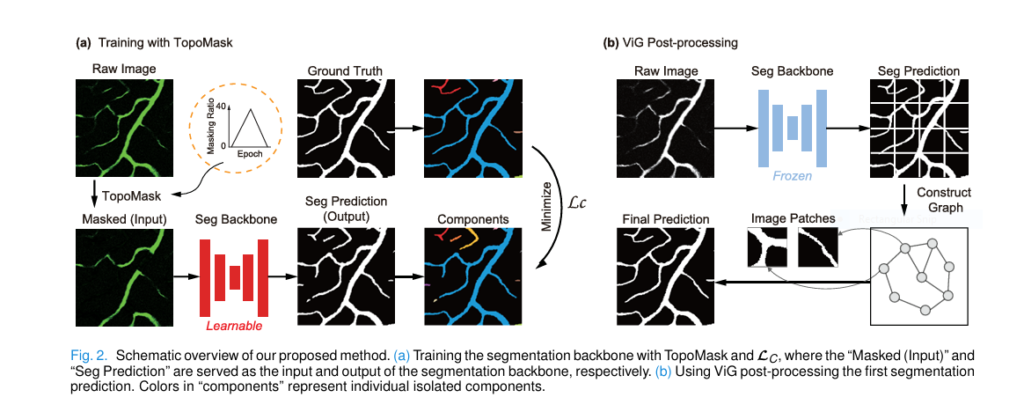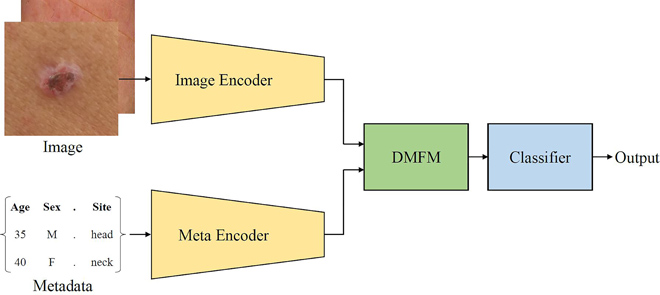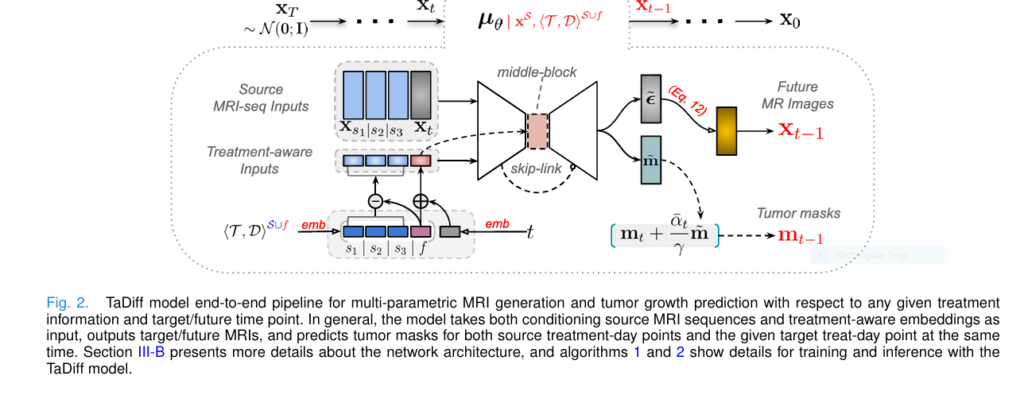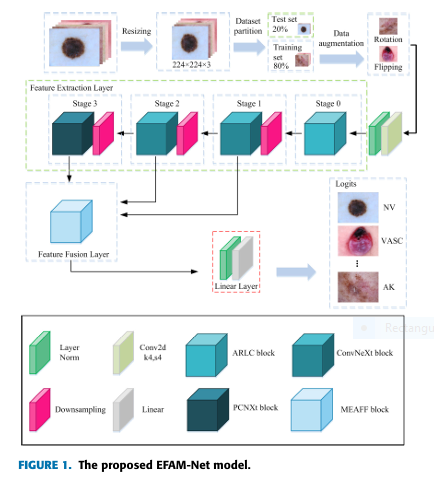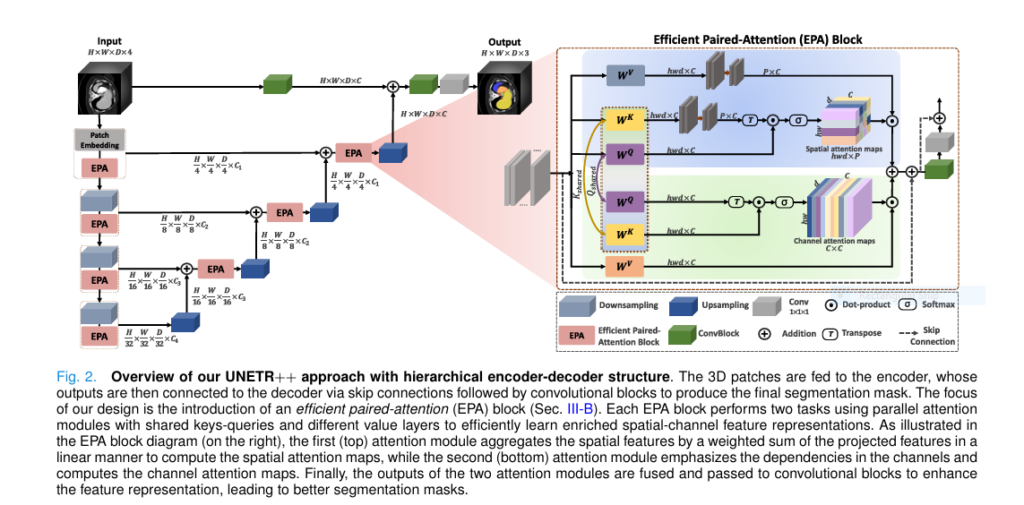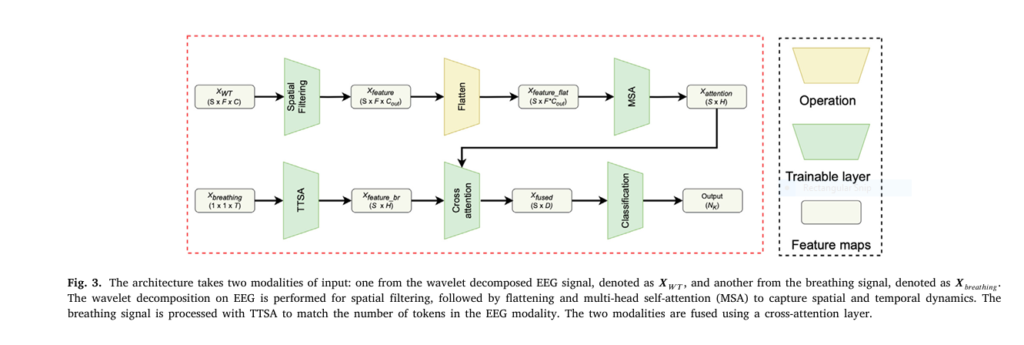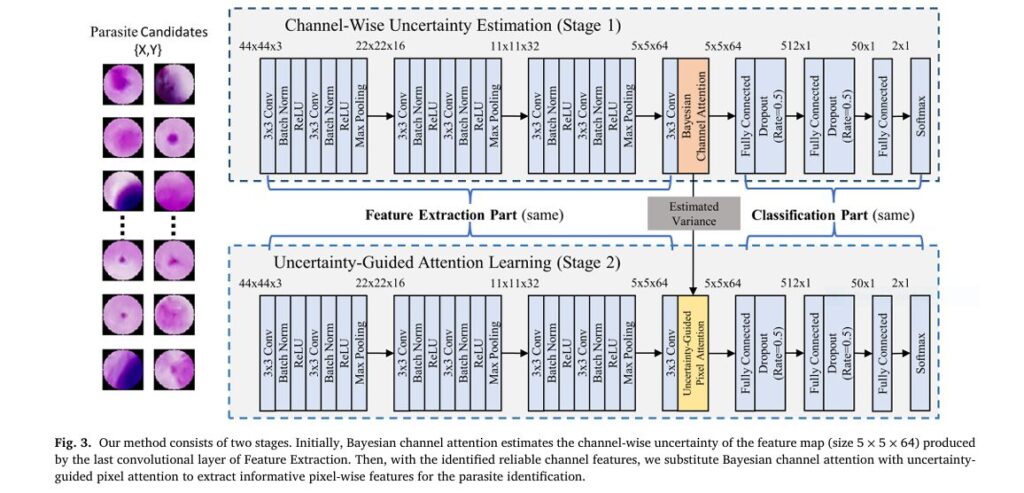7 Revolutionary Graph-Transformer Breakthrough: Why This AI Model Outperforms (And What It Means for Cancer Diagnosis)
In the rapidly evolving world of digital pathology , a groundbreaking new AI model is making waves — and for good reason. The Graph-Transformer for Whole Slide Image Classification (GTP) , introduced by Zheng et al. in a 2022 IEEE Transactions on Medical Imaging paper, represents a revolutionary leap forward in how we analyze cancerous […]

